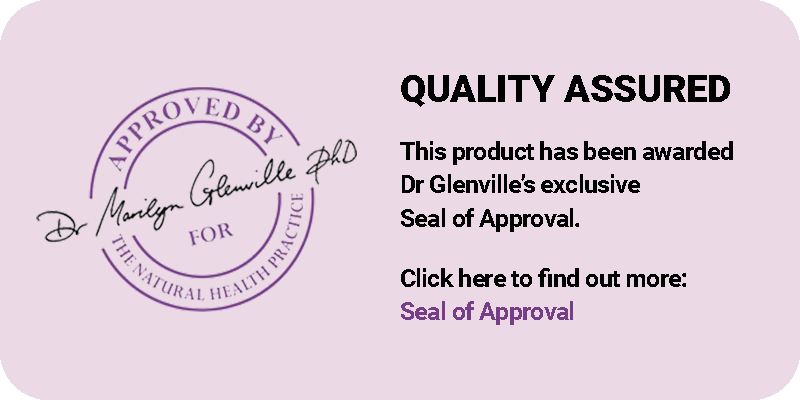Product added to cart
Prolapse
Prolapse is a common condition and it occurs when the structures designed to keep organs in place weaken or stretch, causing them literally to 'prolapse'.
There are many causes for prolapse, but the two main causes: gravity and childbirth can affect us all, so it's important that you keep an eye out for symptoms.
A prolapse can be fairly mild but it can also become serious, and once the damage is done, it's virtually impossible to undo it.
Dealing with a prolapse requires a completely different approach to the majority of conditions, largely because it is a structural problem rather than one of hormone imbalance or nutritional deficiency.














